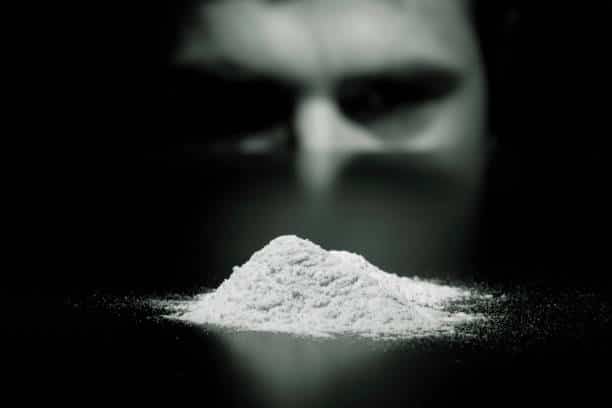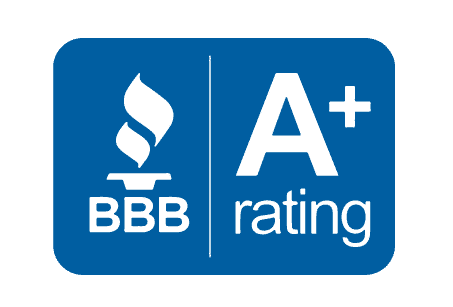
Overcoming cocaine addiction is a formidable challenge, but it is far from impossible. Seeking out appropriate guidance and medical support with a commitment to change can lead to a healthier and more fulfilling life. Learning how cocaine affects the mind and body can lead to a deeper understanding of its addictive character and subsequently the ability to recognize withdrawal symptoms. Addiction can also be a catalyst for the development of various mental health comorbidities which need to be tackled alongside the recovery process. This guide will walk you through the process of quitting cocaine, managing withdrawal, and embracing long-term sobriety with professional support and structured treatment.
Understanding Cocaine Addiction
Recognizing the Signs and Symptoms of Cocaine Addiction
Cocaine addiction often creeps in under the guise of social use, escalating into an all-consuming dependency before individuals can fully grasp the effect it has on them. As is the case with many addictive substances, the initial use may seem innocuous as it may be actively enabled by social or peer pressures. This might paint the idea that use of the drug is entirely manageable and under one’s control. However, especially in the case of cocaine, the desire for the next dose quickly ramps up leading to dependency. The hallmark signs include intense cravings, loss of control over usage, and continued use despite severe consequences. Physical symptoms such as rapid heartbeat, weight loss, and restlessness often accompany behavioral shifts like mood swings, impulsivity, and neglect of responsibilities. As tolerance builds, one requires increasing amounts to achieve the same euphoric feeling, propelling them further into addiction’s cycle. Recognizing these warning signs early is beneficial in taking proactive steps toward recovery.
The Physiological and Psychological Impact of Cocaine Use
Cocaine is a powerful stimulant that hijacks the brain’s reward system, flooding it with dopamine which creates an intense euphoria. However, this temporary high comes at a steep cost. Physiologically, cocaine causes significant long-term damage to the cardiovascular system, increasing the risk of heart attacks, strokes, and high blood pressure. Chronic use leads to nasal tissue damage, digestive issues, and neurological impairments. Psychologically, cocaine fuels paranoia, anxiety, and erratic behavior, often resulting in hallucinations and psychosis. The brain’s ability to intrinsically produce dopamine also gradually diminishes leading to an ever-growing cycle of dependency. The longer a person remains addicted, the more profound these effects become, making professional intervention crucial for recovery.

Risk Factors and Co-Occurring Mental Health Disorders
The development of addiction is largely dependent on other associated factors. Genetics, environmental exposure, trauma, and stress all contribute to a person’s susceptibility to substance abuse. Individuals with co-occurring mental health disorders such as depression, anxiety, or bipolar disorder are particularly vulnerable, as they may turn to cocaine as a means of self-medication. In turn, cocaine addiction can further exacerbate these disorders as the neurochemical pathways responsible for regulating emotions, rewards and motivation are disturbed thus creating a vicious cycle. Effective treatment requires a multifaceted approach that addresses both addiction and underlying mental health conditions through therapy, medication, and lifestyle modifications.
Understanding the Physical and Mental Effects of Cocaine
Understanding Cocaine Side Effects on the Body and Mind
Cocaine’s impact extends far beyond the fleeting euphoria it provides. Since the drug blocks the reuptake of dopamine and serotonin in the brain, the quantity of these neurotransmitters increases briefly. In the short term, this leads to one experiencing increased energy, confidence, and alertness. However, these effects quickly give way to dangerous physiological consequences such as prolonged elevation in heart rate, constriction of blood vessels, and increased body temperature. Over time, chronic use leads to irreversible damage including heart disease, respiratory issues, and cognitive decline. This multi-organ impact makes it increasingly difficult to medically manage patients of chronic cocaine addiction. Mentally, prolonged cocaine use disrupts emotional regulation, often triggering aggression, impulsivity, and severe mood swings. This can have larger psychosocial implications as these behaviors can create distance between clients and their loved ones. Understanding these risks can serve as a powerful motivator to quit before the damage becomes permanent.

Coping with Depressive Mood Swings and Mental Illness
One of the most daunting aspects of quitting cocaine is dealing with the emotional turmoil that follows. As the brain struggles to recalibrate its dopamine levels, individuals often experience intense depressive episodes, irritability, and emotional numbness. This variation and unpredictability of moods often drives a wedge between the client and their support system – may it be family, friends or partners. This combination of substance abuse, co-occuring mental health disorders, and lack of a stable support system leads to increased mood swings and the development of negative coping mechanisms. Seeking professional support such as cognitive-behavioral therapy (CBT), dedicated support groups, or medication management can help stabilize mood fluctuations and develop healthy ways of combating mood fluctuations. Additionally, lifestyle changes such as regular exercise, mindfulness practices, and a strong support network can play a vital role in emotional recovery.
Withdrawal and Detoxification Process
Managing Withdrawal Symptoms and Cravings
Cocaine withdrawal is a daunting but necessary hurdle in the recovery journey. Symptoms vary in intensity and often include fatigue, insomnia, agitation, and intense cravings. As the body begins its journey to recalibrate neurochemical pathways, the cravings for another dose can be relentless, often tempting individuals to relapse. Since withdrawal symptoms are most severe at the very beginning, one is often reluctant to embark on the journey of overcoming this addiction. However, strategies such as behavioral therapy, medication assisted treatment, and structured medical detox programs can ease the process. Building a strong support system through family, friends, professional counselors, or dedicated support groups can provide much needed encouragement to resist the urge to use again.

Cocaine Withdrawal Symptoms: What to Expect
Unlike substances with severe physical withdrawal symptoms, such as alcohol or opioids, cocaine withdrawal primarily affects the brain. The initial phase, known as the “crash,” can occur within hours of last use and is marked by extreme fatigue, irritability, and depression. Over the following weeks, individuals may experience heightened cravings, mood swings, and difficulty concentrating. Psychological symptoms such as anxiety and vivid nightmares can persist for months. Understanding these withdrawal stages allows individuals to prepare mentally and seek appropriate medical support to ease the transition into sobriety. Knowing what to expect also helps patients cope with the fact that their experiences are a normal part of the recovery process.
Medical Detox: Safety and Effectiveness
Medical detox provides a structured and safe environment for individuals experiencing withdrawal. Detox programs are supervised by healthcare professionals where they offer medications to manage symptoms, ensuring patients remain as comfortable as possible. Treatment modalities are uniquely curated to tackle the most pertinent symptoms presenting in each person. These programs also address potential complications such as severe depression, psychosis or suicidal ideation with safety nets designed for extreme cases. Medical detox significantly increases the chances of a successful recovery by stabilizing individuals before they transition into long-term treatment programs. It is a crucial first step in breaking free from addiction and maximizing a favorable prognosis.
Treatment Options and Recovery Process
Medical Supervision and Detoxification Methods
Medical detox is often the first and most critical phase of recovery. During this process, healthcare providers monitor patients to ensure a safe withdrawal while addressing any immediate and dangerous health concerns. Some detox programs incorporate medications that help regulate mood and reduce cravings which eases the discomfort of withdrawal. Nutritional support, hydration therapy, and supervised rest also aid in recovery. One may also be assigned a key worker who is responsible for the development and upkeep of a personalized recovery plan, a focal point of contact for ensuring that all appointments are met, and is responsible for ensuring resources for recovery are appropriately allocated. Detox alone is not a cure, but it lays the groundwork for further treatment and rehabilitation. Since clients get acclimatized to the toll that recovery takes in a medically supervised setting, they are better able to cope with the challenges throughout their journey.

Inpatient Treatment (after Detox) for Everlasting Recovery
Following detox, inpatient rehabilitation programs provide intensive care to help individuals build a foundation for long-term sobriety. These programs typically last from 30 to 90 days and offer a highly structured environment that identifies and minimizes exposure to triggers. Therapy sessions, both individual and group-based, allow individuals to explore the root causes of their addiction. Since addiction is often a manifestation of unidentified and unresolved problems, this biopsychosocial approach to rehabilitation decreases the chances of relapse. Inpatient treatment also teaches coping mechanisms, relapse prevention strategies, and stress management techniques. By immersing oneself in a dedicated recovery setting, the chances of sustained sobriety dramatically improve.
Conclusion
Breaking free from cocaine addiction requires commitment, medical intervention, and a well-structured recovery plan. While the withdrawal and detox process can be challenging, medical supervision ensures safety and increases the likelihood of success. Inpatient treatment programs provide the tools and support necessary for long-term sobriety by addressing both addiction and underlying mental health concerns. If you or someone you know is struggling with cocaine addiction, seeking professional help is the first step toward a healthier, addiction-free future. Recovery is possible, and with the right support, a new beginning awaits.





